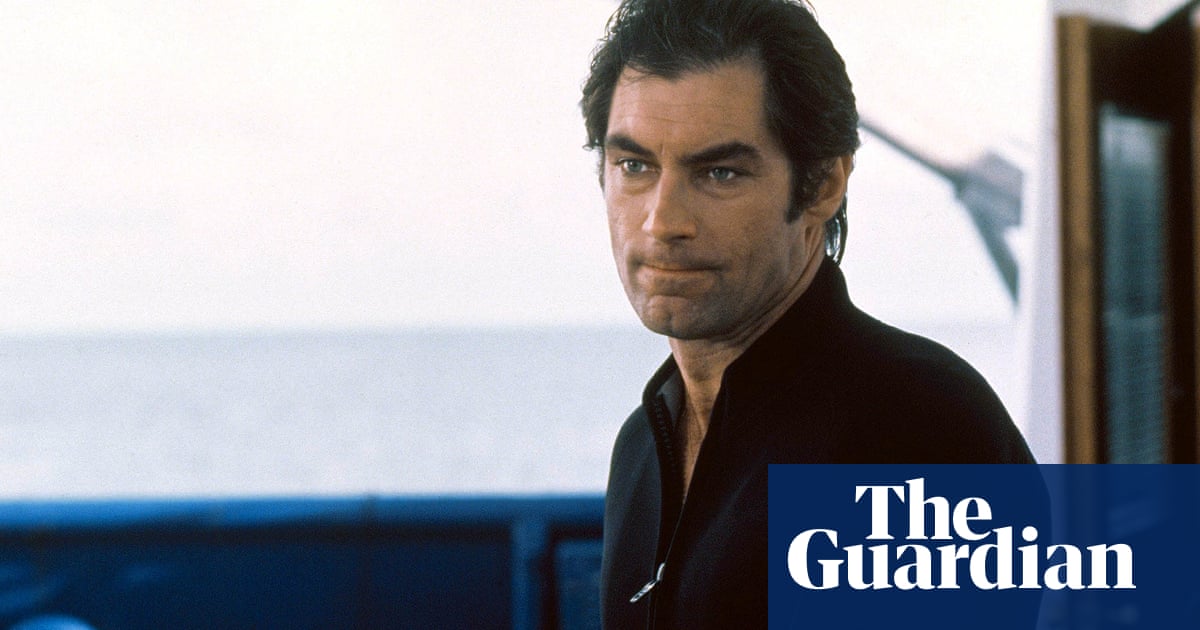Roger McQueen had a memorable moment when the Anaheim Ducks picked him No. 10 in the NHL draft. After the announcement, he and his family were whisked away by helicopter to Disneyland. They enjoyed a night at a Disneyland resort, and McQueen made quite the splash—high-fiving Donald Duck in front of Sleeping Beauty’s Castle.
Despite missing much of his season due to a back injury, McQueen’s skills caught the attention of scouts. Ducks GM Pat Verbeek noted, “Without those injuries, he could have been a top-five pick. He’s unique for his size, moving well and showing great skill.” At 6’5″ and 198 pounds, McQueen is seen as a different prospect compared to current players.
This draft saw a significant number of collegiate players. Ten current or committed NCAA Division I athletes were selected in the first round—the most since 2016. The Bruins picked the talented Hagens, who recorded 37 points as a freshman at Boston College. Others included rising stars from Wisconsin and Michigan, who shared similar ambitions of making it to the NHL. Cullen Potter from Arizona State expressed how college hockey helped him grow as a player: “Playing against guys closer to the NHL sped up my development.”
An interesting twist in this draft was the number of goalies selected. For only the second time in 13 drafts, multiple goaltenders made the first round. Pyotr Andreyanov had impressive stats in Russia, and Joshua Ravensbergen performed well in the Western Hockey League. San Jose GM Mike Grier highlighted the importance of selecting the best player regardless of positions needed on the team.
This year marked a historic moment for Canadian hockey. For the first time in 38 years, over 20 Canadian players were picked in the first round. This added up to a total of 88 Canadian players in the entire draft, the highest since 2016. The Canadian Hockey League shined as well, nearly breaking a record for first-round picks.
On the flip side, Sweden had a resurgence after a brief absence from the first round last year. Two Swedish players, Anton Frondell and Victor Eklund, were picked as part of a strong draft class. Overall, Sweden had 27 players chosen, ranking third after Canada and the U.S. Frondell emphasized the importance of Sweden in the hockey world, especially after their near win at the IIHF World Championship.
In summary, this year’s draft was full of surprises and trends that could shape the future of the NHL. The blend of collegiate talent, Canadian dominance, and the return of Swedish players points to exciting developments in ice hockey.





















